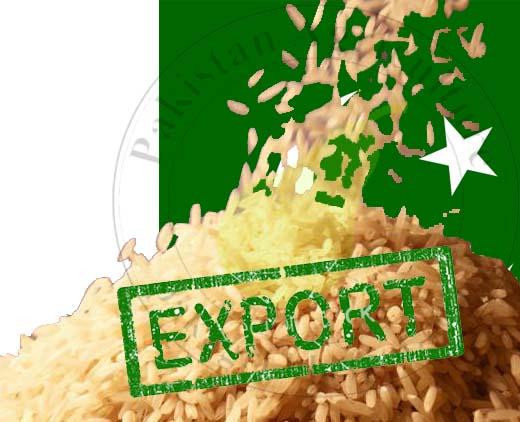At times when Pakistani exporters of textile made-ups are unhappy over the crisis being faced by them in international markets, rice exporters seem happy to avail the opportunity of improving exports to Iran, following restrictions by Iran on rice imports from India.
As both India and Pakistan produce the same high quality of rice known as Basmati, the two countries usually compete for major rice consuming countries, especially Iran which is considered a major destination for the long-grained aromatic rice.
According to sources, Indian exporters of Basmati rice are facing serious problems in Iran after Tehran put upper limits for import and consumer prices of the cereal. While India’s recent exports of the rice to the West Asian country cost the importer around $950 per tonne (landed price), the ceiling price imposed is $850 a tonne and the maximum consumer price set is $ 1.15 a kg. With the ceiling prices, it would not be economically viable for India to export rice to Iran. Iran consumes more than 3 million tonnes of rice annually and a third of this demand is met by imports.
Indian exporters have feared that the crisis in Iranian market would indirectly benefit Pakistan because of its proximity to Iran, as transportation cost was higher for India’s exporters.
Not only the ceiling issue but also the uncertainty overuse of currency for trade between Delhi and Tehran has impacted India’s basmati rice exports to Iran following hesitation over the use of the dollar after fresh sanctions levied by the United States on the republic.
Indian Basmati exports to Iran had witnessed sharp jump as Delhi launched a rupee settlement mechanism from April 2012 with Iran to avoid sanctions from the US and EU.
This situation, as exporters in Pakistan believe, has opened room for exporters here to meet the demand of the neighbouring country. The export of rice mainly Basmati to Iran is being witnessed during the past few months creating over 50 per cent jump in the domestic price of the commodity. “We are largely happy to see the boost in export after a long time crisis faced by the sector,” said an exporter from Punjab.
“Not only the crisis in Iranian market but the hike in the domestic price of rice in India following low production has also caused a reduction in export to Middles Eastern countries creating an increased demand for Pakistani rice in the traditional markets,” he added.
According to the data of Pakistan Bureau of Statistics (PBS), the exports of basmati rice from the country during the month of March 2017, increased by 154.28 per cent compared to the exports of the corresponding month of last year.
During the month of March, about 45,745 metric tonnes of basmati rice worth US$ 43.976 million were exported as compared to the exports of 17,412 metric tonnes valuing of US$ 17.294 million of the same month last year.
It may be recalled that food group exports from the country during the month of March decreased by 10.20 per cent and it was stood at US$ 346.12 million as against the exports of US$385.313 million of the same month last year.
In last 3 quarters (July-March) of current financial year food group exports decreased by 11.58 per cent and recorded at US$ 2.885 billion as against the exports of US$ 3.037 billion of the corresponding period last year.
























